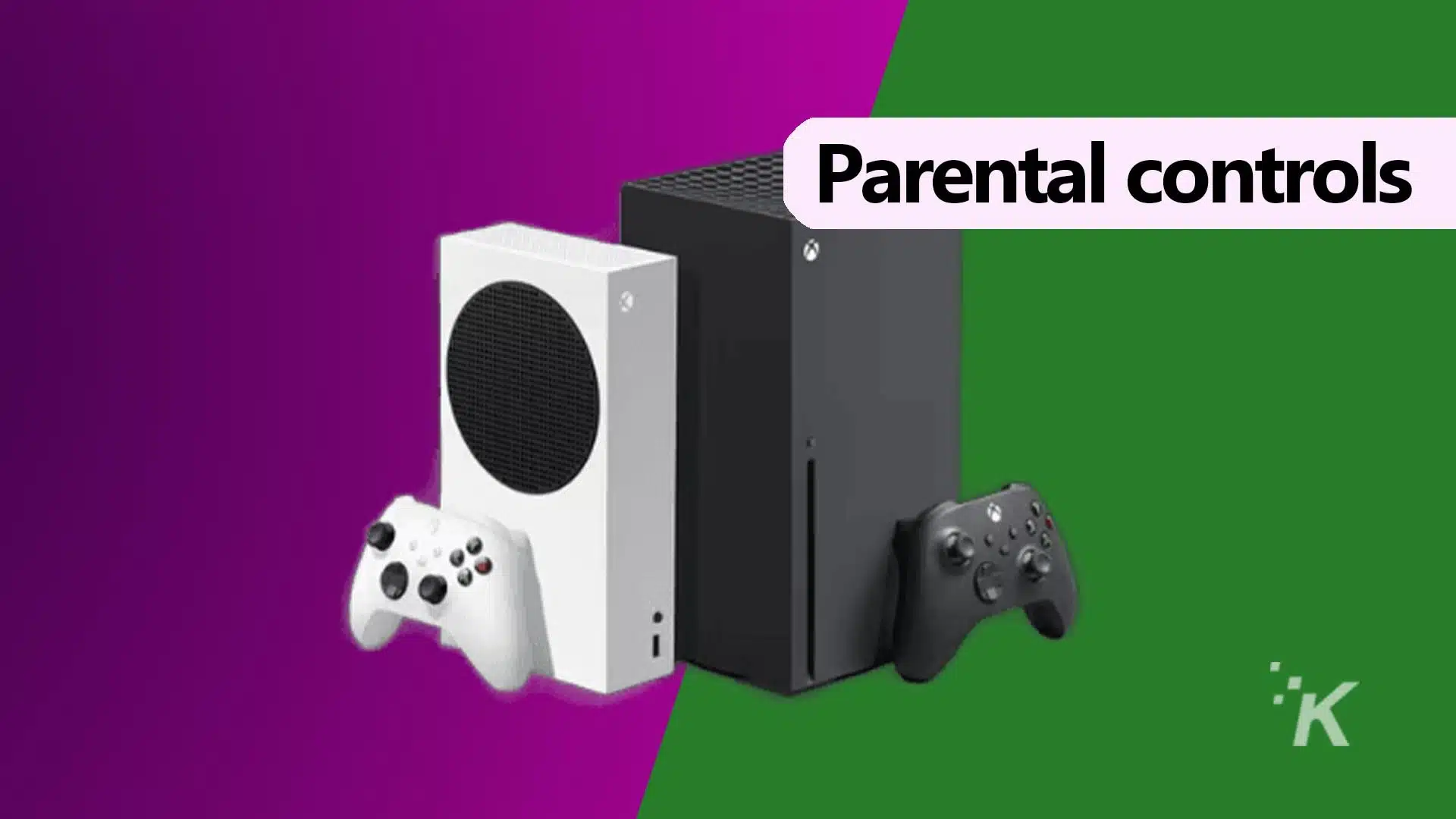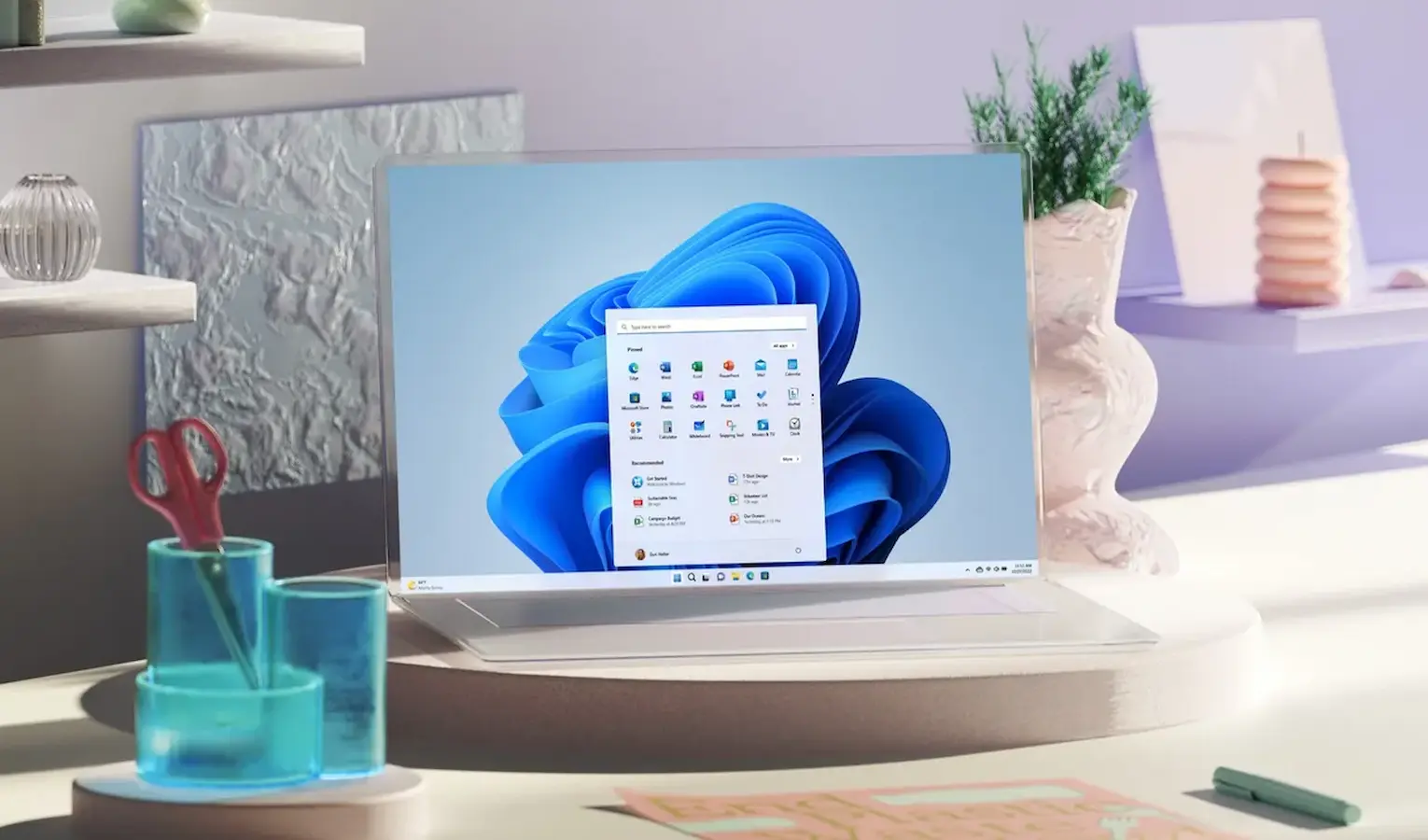Many Windows users reportedly faced problems recently due to Killer Network Service (KNS). Sometimes, the Killer Network Service raises the Disk usage; other times, it just runs in the background and consumes your memory.
What is Killer Network Service?
Like every other Microsoft service, Killer Network Service (KNS) is a background service that runs silently. It’s an Intel series of Wi-Fi cards that focuses on improving the gaming experience.
If you see the Killer Network Service on your Task Manager, your laptop or PC might have an Intel Killer Wireless Series card. The Intel Killer series of WiFi cards is perfect for gaming and improves gaming performance.
Killer Network Service is mostly seen on gaming laptops, providing low latency while gaming over the WiFi network.
Is Killer Network Service a virus?
In simple words, NO! Killer Network Service is not a virus or malware. It’s just a background process that’s entirely legitimate and safe to run. If any Antivirus software flags it as malware or a virus, it’s a false positive warning.
However, if you are not using an Intel Killer Gaming Grade Wifi card, the Killer Network Service still appears in the task manager; it may be a virus or malware.
Sometimes, malware disguises itself in Windows Service and tricks you into believing it’s a legitimate process. However, if you suspect, you should cross-check the process.
If Killer Network Service on Windows is using your PC’s resources for a longer period, there’s a possibility that it’s a virus or malware. Usually, the process resides on the C:Program FilesKillerNetworkingKillerControlCenter. So, if the program is not on the same path, you should remove it as soon as possible.
Can You Stop Killer Network Service?
Well, there are not one but five or six different ways to fix Killer Network Service High CPU usage. You can either stop the service completely or uninstall it. Here are some of the best ways to fix Killer Network Service High CPU usage.
1. Stop Killer Network Service via Windows Services
This method will use the Windows Services app to stop the Killer Network Service. If you stop the service, the high disk or CPU usage will be fixed immediately. Here’s what you need to do.
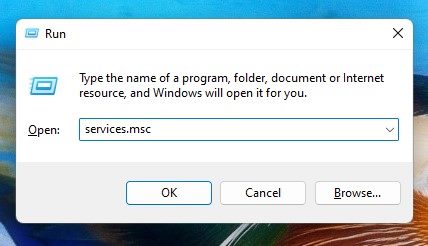

- First, press the Windows Key + R button on your keyboard.
- This will open the RUN dialog box. Type in services.msc and hit Enter.
- On the Windows Services, find the Killer Network Service.
- Double Click on the Killer Network Service. On the Service Status, select Stop.
- Once done, click the Apply button and close the Windows Services app.
After making the above changes, restart your Windows computer. This will stop the Killer Network Service on your Windows computer.
2. Switch to High-Performance Plan
Your Windows PC offers multiple power plans, and selecting an appropriate Power Plan can greatly affect your PC’s performance.
If Killer Network Services is slowing down Windows, you can try switching to a High-Performance Plan. The High-Performance Power plan tweaks a few settings to improve performance but drains battery life. Here’s how to switch to a high-performance plan.
1. First, click on the Windows search and type ‘Control Panel‘. Next, open the Control Panel app from the list.
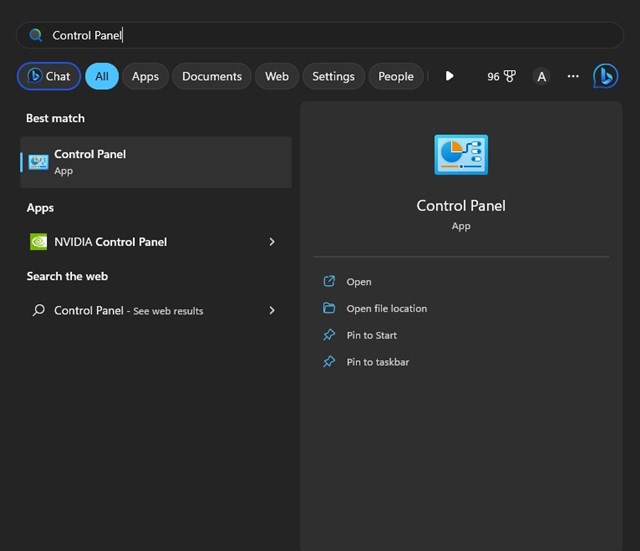

2. When the Control Panel opens, click on Power Options.
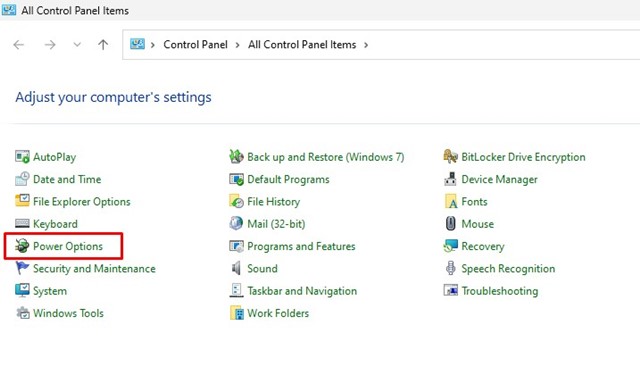

3. On the Power Options, select ‘High Performance‘
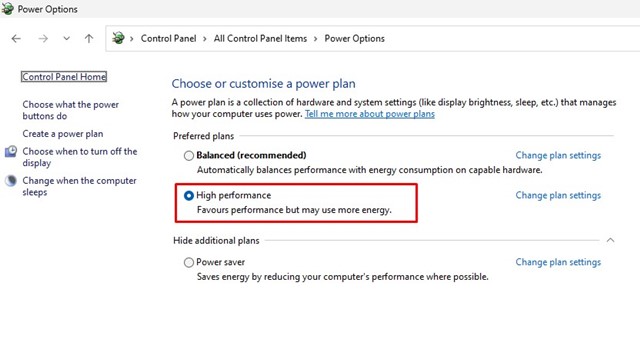

After making the changes, restart your Windows computer to check whether Killer Network Service’s high CPU usage has been fixed.
3. Uninstall Killer Network Service Using Control Panel
If you cannot stop the Killer Network Service, you can uninstall it directly from the Control Panel. Here’s how to do this on Windows 10/11.
1. First, click on Windows Search and type Control Panel. Next, open the Control Panel app from the list.
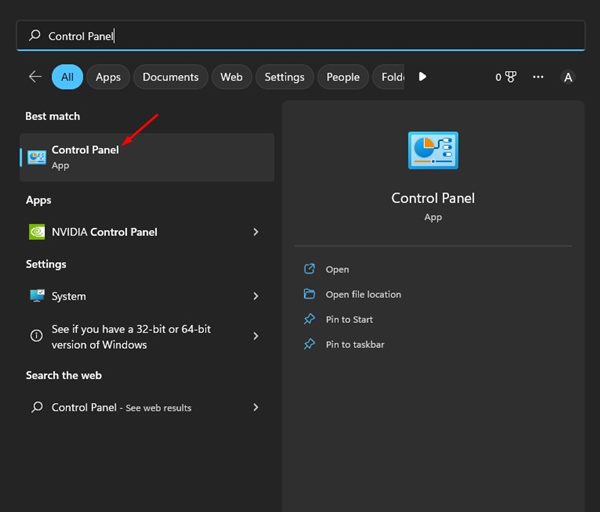

2. When the Control Panel opens, click on Programs and Features.
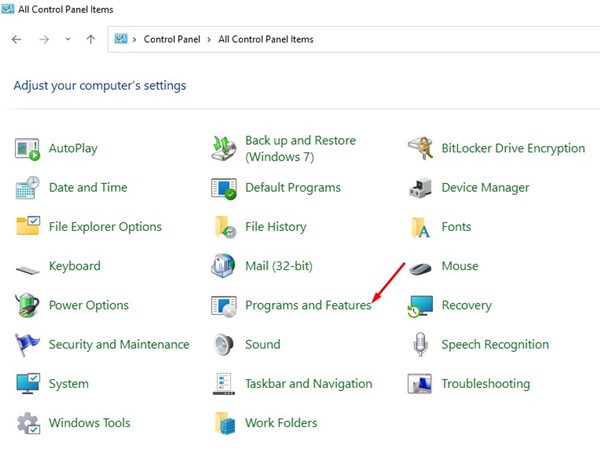

3. Now, on the Programs and Features, click on Uninstall a program.
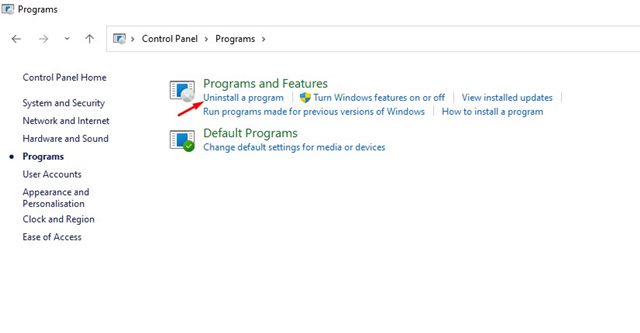

4. Now, you need to find the Killer Network Manager Suite. Right-click on it and select Uninstall.
5. You must also uninstall the Killer Wireless Drivers from the Control Panel.
After uninstalling both programs, the Killer Network Service won’t appear on your Windows Task Manager. This is how you can uninstall Killer Network Service from your Windows 10/11 computer.
4. Stop Killer Network Service via Resource Monitor
Resource Monitor is an advanced version of Task Manager for your Windows operating system. You can utilize it as well to stop Killer Network Service. Here’s what you need to do.
1. Press the Windows Key + R button to open the RUN dialog Box.
2. When the RUN dialog box opens, type resmon and hit Enter.
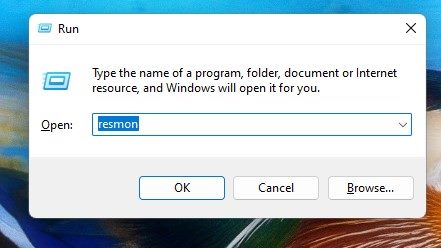

3. This will open the Resource Monitor. You need to find the Killer Network Service.
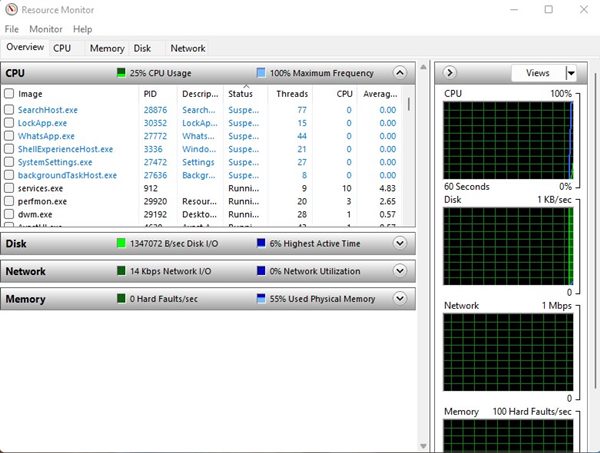

4. Right-click on the Killer Network Service and select ‘End Process’
After making the changes, close the Resource Monitor on your computer. You can stop Killer Network Service on Windows using Resource Monitor.
5. Run the DISM Command
Well, the DISM command will restore the health of your operating system. This won’t stop or uninstall the Killer Network Service. If you believe the service has already corrupted your Windows files, follow this method.
1. Click on the Windows search and type in Command Prompt. Right-click on the Command Prompt and select Run as administrator
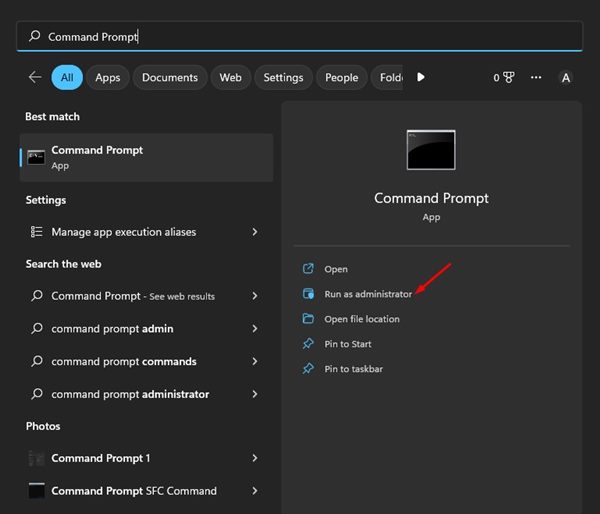

2. When the Command Prompt opens, execute the command we have shared below:
DISM.exe/online/clean-image/Restorehealth
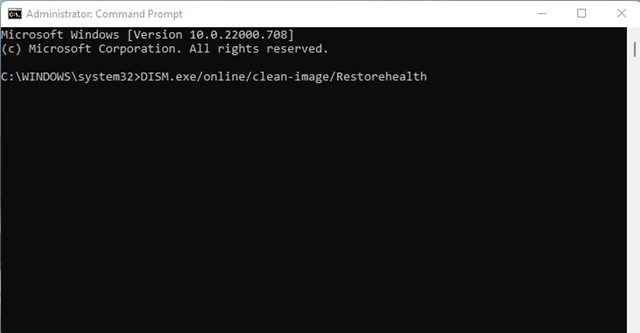

3. This will restore the health of your operating system. You need to wait until the process is completed.
If DISM didn’t help, you could try running the system file checker SFC command.
6. Roll back to the previous restore point
Both Windows 10 and Windows 11 provide you with an option to create a restore point. Restore points can roll back your operating system to a previous working state.
This is a part of the System Protection feature and does its job well. We have already shared a detailed guide on how to create a restore point.
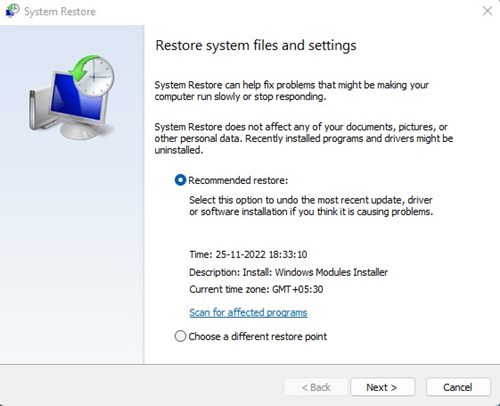

In addition, you can set up an automatic restore point in your Windows 10/11 computer/laptop.
If you already have a restore point, type Recovery on the Start Menu and follow the on-screen instructions to roll back to a previous restore point.
7. Update the Operating System
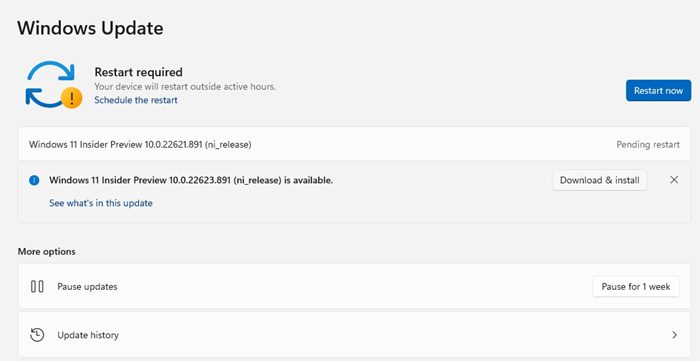

Having an up-to-date operating system becomes the key to maximizing performance. If you feel Killer Network Service is slowing down your PC, you can easily disable it.
However, if you suspect that your system’s slowdown is due to a bug, updating the operating system would help. Head to Settings > Windows Update > Check for Update to update Windows.
This guide is about the Killer Network Service and whether you should disable it. We have tried to answer all your questions related to It. If you need more help disabling it on Windows, let us know in the comments below.
“Hey there! Just so you know, we’re an Amazon affiliate. This means if you buy something through our links, we may earn a small commission. It doesn’t cost you extra and helps keep our lights on. Thanks for supporting us!”








